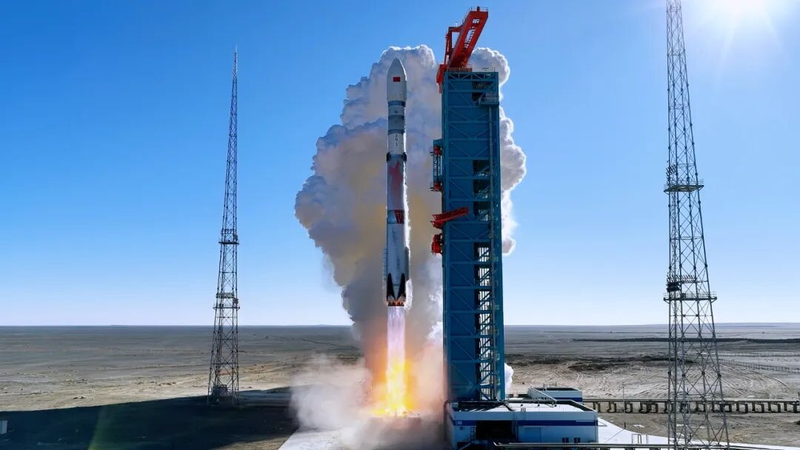At the heart of the Chinese mainland’s tech hub, Shenzhen, more than 200 researchers from over 30 countries and regions gathered this week for the Recent Advances & Controversies in the Measurement of Energy Metabolism (RACMEM) conference. The event brought together experts in physiology, nutrition and biomedical engineering to tackle one question: how do we accurately measure the energy currency of life?
“Everything we do, and everything all animals do, requires energy. That makes energy a unifying currency,” said John Speakman, a lead researcher at the Shenzhen Institutes of Advanced Technology (SIAT). His opening keynote set the stage for intense debates over the strengths and limitations of new and traditional measurement techniques.
Why does precision matter? From tracking metabolic health in digital clinics to optimizing diets for athletes, small shifts in energy estimates can cascade into big outcomes. Studies show that an error margin of just 5 percent in metabolic rate calculations can translate into hundreds of calories off per day—a gap that may accelerate weight gain or derail clinical trials.
At the center of the controversy is a showdown between established methods like indirect calorimetry and cutting-edge tools such as doubly labelled water and AI-driven sensor networks. Participants debated how wearable devices can bridge lab accuracy with real-world lifestyles, while others questioned if computational models risk oversimplifying complex biological systems.
Beyond methodologies, startups and research labs showcased innovations designed to democratize energy measurement. Attendees observed live demos of smart textiles that monitor muscle heat flux, and apps that use machine learning to predict energy needs during adventure travel—fueling excitement among entrepreneurs and digital nomads in the crowd.
For young global citizens and business leaders alike, the conference offered a glimpse at how metabolic data could inform everything from personalized wellness plans to sustainable food policy. Environmental scientists argued that better energy metrics may improve climate models by refining our understanding of how animals—and humans—interact with changing ecosystems.
As RACMEM wrapped up, collaborations were already forming across continents. “This is more than a conference—it’s the start of a global network,” said Aisha Khan, a biomedical engineering PhD candidate from the University of Toronto. With plans for follow-up workshops in Europe and the United States, the movement to standardize energy metabolism measurement is only gaining momentum.
By breaking down complex debates into real-world applications, Shenzhen’s RACMEM conference showed that when it comes to energy, scientific innovation can power change for health, business and the planet.
Reference(s):
Global scientists gather in Shenzhen for pioneering conference
cgtn.com




